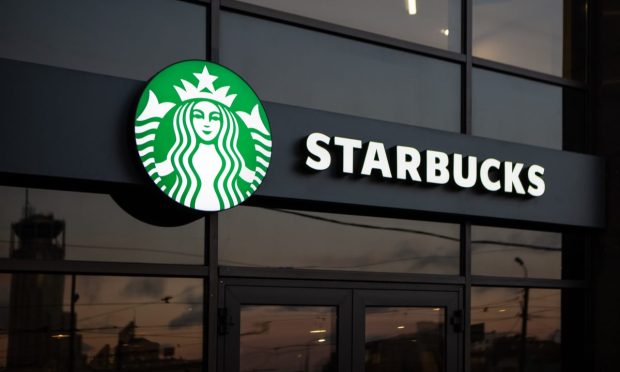Starbucks Considers Delivery-Only Stores but Restaurant Customers Miss Face-to-Face Service

As restaurants look to drive efficiency and boost profit margins, Starbucks is considering opening delivery-only stores to more efficiently meet consumers’ demand for convenience, even as many consumers grow frustrated with the increasingly impersonal restaurant experience.
In a Starbucks Q&A for TD Cowen’s Future of the Consumer Conference, Chief Financial Officer and Executive Vice President Rachel Ruggeri shared how the company is rethinking store design to boost efficiency.
“It’s important to … have stores that meet customers for different occasions,” Ruggeri said. “When we think about our opportunity in the future, it’s how do we leverage our portfolio to unlock capacity, but also in a way that best meets the customer needs and demands. And so, that’s going to be different versions of drive-thru stores. It’s going to be delivery-only stores as well as different versions of pickup stores.”
Ruggeri added that the brand is also considering a drive-thru-only concept, noting that these kinds of specialized stores would “take the complexity out of” running an omnichannel location.
This focus on delivery marks a far cry from the company’s strategy until late last year of being largely absent from most delivery marketplaces except for Uber Eats. Now that the coffeehouse has partnered with United States’ leading aggregator DoorDash, a partnership initially announced in September and expanded in January, its delivery business has grown significantly.
“Starbucks Delivers achieved 21% year-on-year growth to make up 23% of the sales mix, while overall mobile ordering reached 47% of sales,” Starbucks CEO Laxman Narasimhan, told analysts on the company’s earnings call last month. “… Delivery demand remained robust even after consumer mobility has recovered, demonstrating that it is highly incremental and interwoven into our customers’ lifestyles.”
These figures place the coffeehouse chain’s delivery and pickup mixes well above the averages for the restaurant industry. According to data from PYMNTS’ study, “Connected Dining: Rising Costs Push Consumers Toward Pickup,” which drew from a survey of more than 2,100 U.S. consumers in January, just 10% of restaurant customers reported having placed their last order for delivery, while 39% had done so for pickup.
Starbucks is indeed a digital leader among restaurant brands. App usage data featured in PYMNTS’ Provider Ranking Mobile Order-Ahead Apps ranks the coffeehouse chain’s app at No. 1 (tied with Domino’s and Taco Bell) in terms of the number of active users each month as well as the average time users spend on the app.
This kind of digital excellence can be key to helping restaurants navigate as efficiently as possible, especially now that the brand is looking into ways to minimize the availability of more labor-intensive channels such as in-restaurant service.
“[Restaurants are] looking at anything they can do to help improve guest experiences, get rid of friction and also offload those experiences when they can, to save on labor,” Andrew Robbins, CEO of Paytronix, told PYMNTS in an interview featured in last month’s edition of the Hospitality Tracker®, “Can Automation Solve Labor Shortages in the Hospitality Sector?” created in collaboration with LS Retail.
Yet many restaurant customers are not willing to forego face-to-face service just yet, and many are becoming frustrated with the feeling that they are being denied this experience. Findings from a PYMNTS survey of nearly 2,500 U.S. consumers last year revealed that 77% of restaurant consumers said staff friendliness is the most important feature a restaurant needs to provide. The same study revealed that 63% of diners believed restaurants are becoming increasingly understaffed, and 39% said they are becoming less personal.
